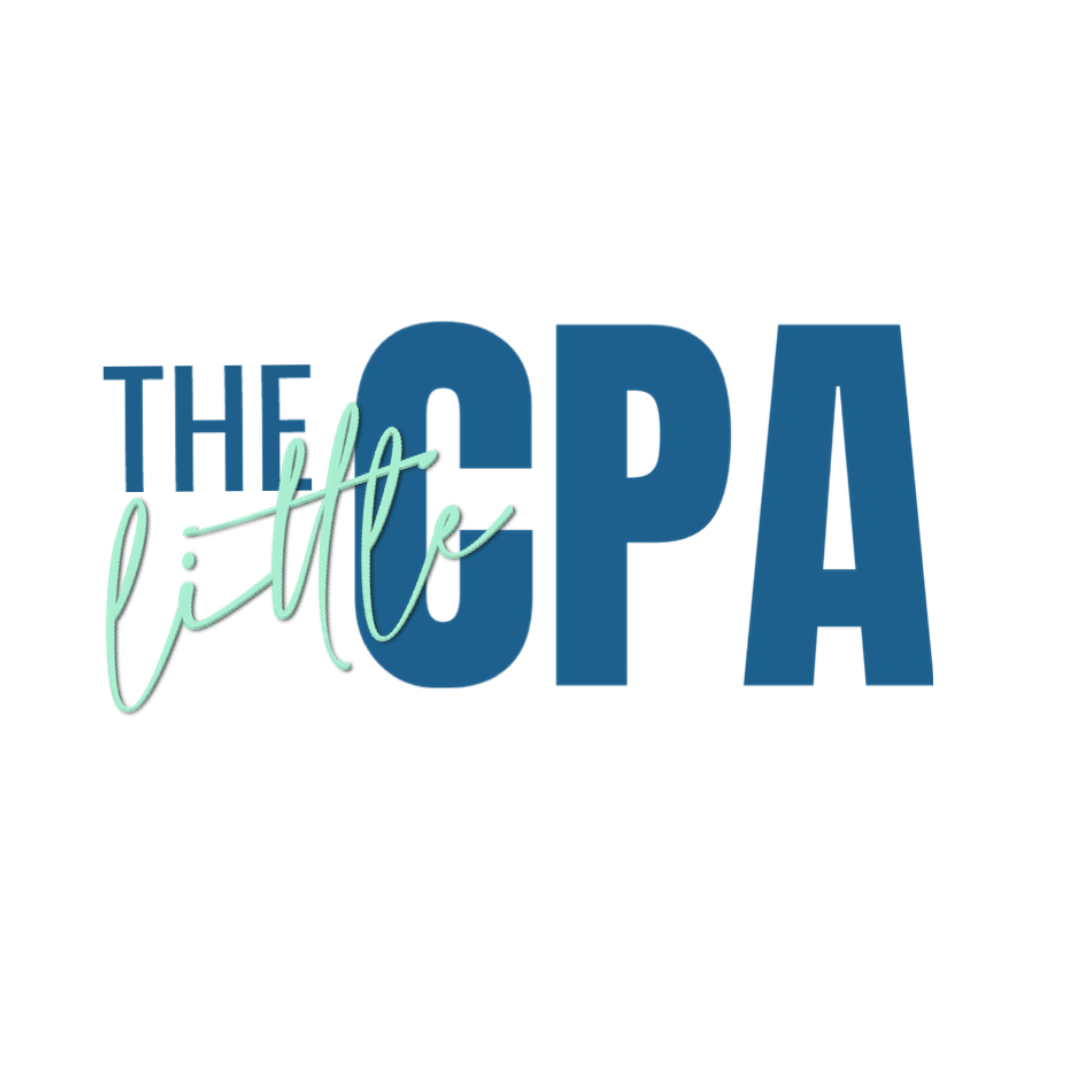
- The 529 College Savings Plan: A state-sponsored savings plan where you choose an investment portfolio and contribute funds for your child’s qualified education expenses. The beneficiary can be your child, a qualified family member, or other designated beneficiaries.
- UGMA/UTMA Accounts: Investment accounts that allow you to invest in traditional securities for your children under 18 or 21 years old. Funds from these accounts can be used for various child expenses and contributions are irrevocable.
- Custodial Roth IRA: A retirement account set up for your child, which you can manage until they turn 18. This account can be funded once your child has earned income. It allows for the purchase and management of stock, index funds, and other investments, providing a kickstart towards financial freedom for your child.
____________________
After you have paid for basketball camps, dance costumes, SAT classes, and your child’s first car, you encounter the colossus of all expenses – college.
College is so expensive that many of our own parents left the payments up to us.
As a result, many of us developed a situationship with the most available resource…
Student loans.
Generation X, Millennials, and Generation Z have more than $1 trillion in student loan debt!
Fortunately, there are plenty of tools available to help us provide a more positive financial future for our children.
While a handful of tools exist, we will only discuss three of the most popular – the 529 College Savings Plan, UGMA/UTMA Accounts, and The Custodial Roth IRA.
The 529 College Savings Plan
Overview
A 529 college savings plan is a state sponsored savings plan.
The way it works is, you enroll in a 529 plan through a brokerage firm or through a financial advisor. After you have enrolled, you choose an investment portfolio that is managed by the plan administrator.
[Ideally you will invest in the chosen portfolio for the long-term. However, if you happen to change your mind, IRS Code Section 529(b)(4) allows you to change your current investment portfolio 2 times per calendar year.]
Once the plan is set up and you designate a beneficiary, you can contribute and withdraw funds to be used for beneficiary’s qualified education expenses.
Each plan can only have one beneficiary.
The beneficiary can be your child, qualified member of the family or other designated beneficiary. Godparents, close friends, and other loved ones who are not qualified members of the family can contribute to your child’s plan or create their own.
Limits
In general, contributions into a 529 plan cannot exceed the beneficiary’s expected qualified education expenses. The 529 plan maximum contribution varies by state and plan.
And, as of 2018, up to $10,000 of primary and secondary school costs can be funded with a 529 plan.
Likewise, according to the 2019 SECURE Act, a lifetime maximum of $10,000 of student loan payments can be made from a 529 plan.
For beneficiaries looking to jumpstart their career, a maximum of $10,000 of 529 plan distributions can be used for an apprenticeship program registered and certified with the Secretary of Labor.
{Learn more about changes to 529 Plans under the 2019 Secure Act and 2022 Secure Act 2.0 here!}
Tax Implications
Not only can these accounts grow tax-free, distributions made for qualified education expenses are not subject to federal income tax.
Moreover, funding this plan could reduce your state tax because more than forty states offer an income tax benefit for 529 plan contributions.
With these plans, it is important to use distributed funds for qualified education expenses. Investment earnings from non-qualified distributions are subject to both federal income tax and a 10% penalty.
The IRS only allows minimal exceptions to the 10% penalty.
One exception is, if your child becomes disabled, distributions can be made to the child for non-qualified expenses without incurring the 10% penalty.
Another exception is, if your child receives a tax-free scholarship, distributions for non-qualified expenses (as long as they do not exceed the scholarship amount) are not subject to the 10% penalty.
Finally, keep in mind that, if you rollover the 529 plan to a new beneficiary more than once during a calendar year, investment earnings are subject to federal income tax and a 10% penalty.
Impact on Financial Aid
When applying for college financial aid, 529 plans are considered assets “owned by the parent” which account for less than 6% of the federal expected family contribution. According to a recent article on Savingforcollege.com –
“The value of a 529 plan owned by a dependent student or one of their parents (529 plans do not allow joint ownership) is considered a parent asset on the FAFSA. About the first $10,000 will fall under the Asset Protection Allowance (the exact amount depends on the older parent’s age). Any parental assets beyond that amount will reduce a student’s aid package by up to a maximum of 5.64% of the asset’s value.” – Kathryn Flynn, Savingforcollege.com Editor-in-Chief
Take heed, however, certain colleges and universities can count 529 plan assets towards an expected family contribution that is higher than 5.64%. Consult your college and university before submitting financial data.
Also, under the FAFSA Simplification Act, a withdrawal from a 529 owned by a grandparent (or other third party) will no longer be considered untaxed income the student receives.
So, Grandma or Best Friend’s 529 savings for your children will not negatively affect student aid.

To maximize your child’s financial aid eligibility, some financial advisors recommend using your 529 plan contributions in the early college years and non-parent 529 plan contributions in the latter years.
UGMA/UTMA Accounts
Overview
Uniform Gifts to Minors Act/Uniform Transfers to Minors Act (UGMA/UTMA) accounts are investment accounts you can set up for your children. Both accounts allow you to invest in stocks, bonds, mutual funds and other traditional securities. The UTMA Account, however, also allows you to invest in real estate and alternative investments.
Here a few rules you should know about these accounts:
- An adult over 21 must be named a custodian of the account.
- The beneficiary must be a child under 21.
- The custodian is responsible for any withdrawals, investments, etc. until the beneficiary turns 21 (this age can vary by account and by state).
Unlike the 529 plan, withdrawals will not be penalized if not used for education (although withdrawals cannot be made for parental obligations).
Music lessons, dance camps, field trips across the country and other child expenses can be paid for with these investment accounts.
Notably, contributions into a UGMA/UTMA account are irrevocable.
 Limits
Limits
Contributions and withdrawals are unlimited.
That’s right.
With these accounts, you can invest and withdraw as much money as you want with the following considerations –
- Your children will have full access to these funds when they turn 18, 21 or 25 (age varies by plan and state).
- Contributions over a certain threshold might be subject to the gift tax (see below).
- Investment income incurred within these accounts might be subject to kiddie tax or income tax.
Tax Implications
Generally, withdrawals from UGMA/UTMA accounts are not taxable.
Investment earnings, including interest or capital gain income, could be taxed either at the kiddie tax rate or, if the child files their own tax return, earnings will be taxed at the child’s income tax rate.
Impact on Financial Aid

According to Brian O’Connell at Savingforcollege.com, “Student assets in an UGMA or UTMA account reduce eligibility for need-based financial aid by 20% or 25% of the asset value, much more than the maximum 5.64% reduction for a 529 plan account that is owned by a dependent student or the student’s parent.”
Fortunately, if financial aid benefits are a priority for you, many UGMA/UTMA account investments can be liquidated (sold for cash) and rolled into a 529 plan. Even so, you will want to discuss the tax implications with your tax advisor.
The Custodial Roth IRA
Overview
You can set up a Roth Individual Retirement Account (IRA) for your child that you can manage until they turn 18. This type of account is called a Custodial Roth IRA.
With this retirement account, you can purchase and manage stock, index funds and other investments that can grow and give your child a kickstart towards financial freedom.
The Custodial Roth IRA can be funded once your child has earned income. Your child can generate earned income with any legal job including working for a local restaurant, modeling for a national publication or even doing age-appropriate jobs for your LLC (addressing envelopes, scanning papers, etc.).
When dealing with earned income, it is a good idea to keep 1099s, W-2s and other records that support your child’s earnings should the IRS question IRA contributions.
Limits
Annual Roth IRA contributions are limited to the lesser of earned income for the year or the annual contribution limit. For 2024, the annual contribution limit is $7,000 for those under age 50.
Take into account, Roth IRA eligibility is limited to taxpayers with income below certain thresholds. With a custodial Roth IRA, the child’s income will be subject to the threshold. High-earning children might have to consider other options if their earned income exceeds the Roth IRA threshold.
Tax Implications
Contributions into a Roth IRA are made with post-tax dollars. Therefore, after retirement age, Roth IRA funds can be distributed tax-free.
Even better, contributions (not investment earnings) withdrawn for qualified education expenses can be distributed tax free and without penalties at any age.
So, if you contribute $1,000 into a custodial Roth IRA and earn $100 in interest income, the $1,000 could be distributed at any time. The $100 of interest, however, would have to remain in the account until your child reaches the qualified retirement age.
Finally, although Roth IRA investments can grow tax-free, earnings distributed before qualified retirement age are subject to a 10% penalty.
Impact on Financial Aid
Although Roth IRA assets are not reported on the Free Application for Federal Student Aid (FAFSA), distributions can be considered income from the student in the following school year. The FAFSA assesses student income at 50%, which can significantly reduce financial aid.
 Gifting
Gifting
High-net-worth parents should keep in mind that contributions into a minor’s investment account could be considered “taxable gifts”. According to the IRS,
“you make a gift if you give property (including money), or the use of or income from property, without expecting to receive something of at least equal value in return. If you sell something at less than its full value or if you make an interest-free or reduced-interest loan, you may be making a gift.”
Bear in mind, a taxable gift is not taxed when the gift is made. Instead, gifts with a fair market value above the annual exclusion amount ($18,000 per taxpayer for the 2024 tax year) will be reported on a gift tax return.
The cumulative total of gifts reported on your gift tax returns will reduce the unified credit applied to your estate tax.
In 2024, the unified credit is $13,610,000 per taxpayer. If the value of your estate or gifts exceeds the unified credit when you pass, your legal and financial team will incorporate your gift tax returns into your gift and estate tax calculation.
Let’s say the value of your estate is $100 million. During your lifetime, you made a one-time gift of $80,000 to your child. For estate tax purposes, the value of your estate would have been reduced by the unified credit amount of $13.16 million before you made the gift. However, the taxable gift limited your unified credit to $13,548,000 –
13,610,000 2024 Unified Credit
– 80,000 Taxable Gifts
+ 18,000 Annual Gift Tax Exclusion
13,548,000 Available Unified Credit
In 2024, the highest federal estate tax rate is 40%. Some states have their own estate tax as well.
You will want to discuss any amounts you plan to contribute into your child’s investment account with an attorney and CPA to determine whether or not the gift tax is applicable.
Conclusion: 3 Popular College Savings Accounts
When investing in your child’s future, it is important to consider the tax implications, your goals, your child’s goals and your family values.
For example, if your child is on a path to receive a full athletic scholarship, you might consider investing in a UGMA/UTMA account or custodial Roth IRA instead of a 529 plan.
Or, perhaps you will continue to put all funds into a 529 plan and transfer excess funds to a younger child.
Keep in mind, the 529 Plan, UGMA/UTMA and the Custodial Roth IRA are three of many savings strategies. For assistance in choosing the strategy and funding amounts that will help you reach your long term goals, contact a Certified Financial Planner.
Disclaimer:
The information provided on this blog is for educational and informational purposes only. While every effort has been made to ensure the accuracy and reliability of the content, we do not make any representations or warranties of any kind, express or implied, about the completeness, accuracy, reliability, suitability, or availability of the information.
Please note that the financial advice and information presented on this blog are not personalized to your specific financial circumstances. It is essential to consult with a qualified professional, such as a financial advisor or accountant, before making any financial decisions or taking any actions based on the information provided here.
We strongly encourage our readers to conduct thorough research and verification independently. The information on this blog should not be considered as financial, investment, or legal advice. Any reliance you place on the information provided is strictly at your own risk.
It is important to understand that any financial product or service mentioned or promoted on this blog may have its own risks and potential drawbacks. We advise our readers to carefully read the terms, conditions, and fine print associated with any product or service before making any investment decisions.



